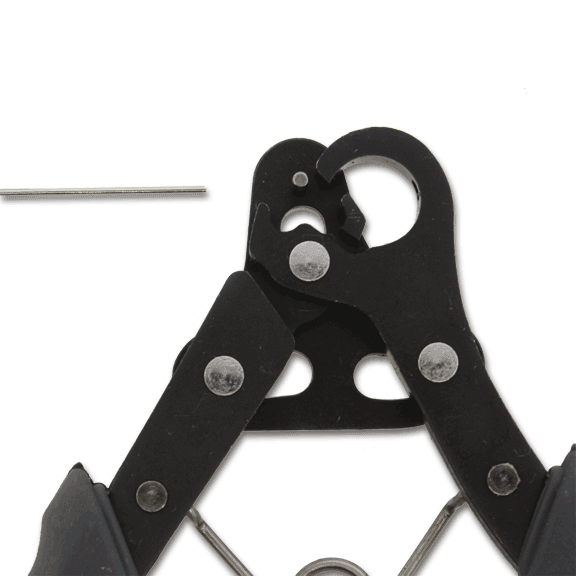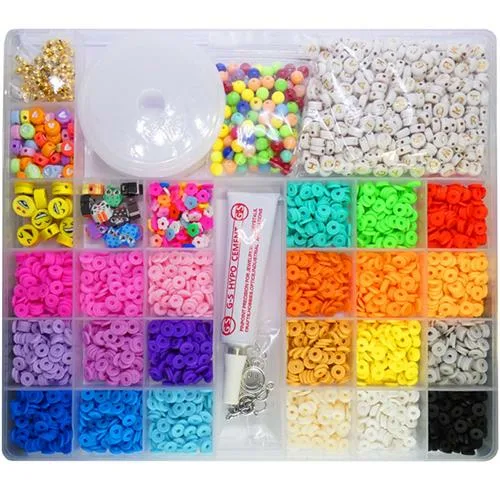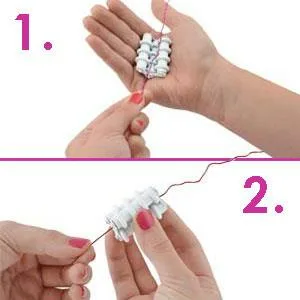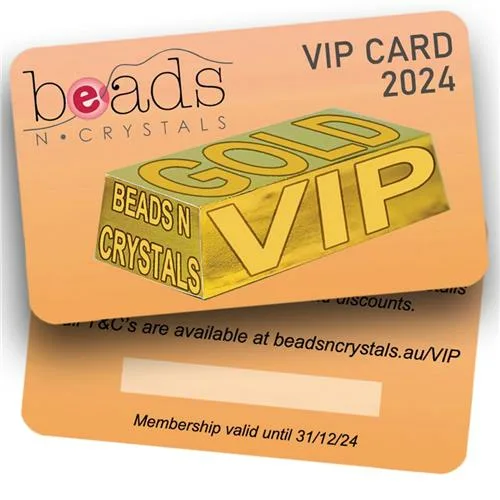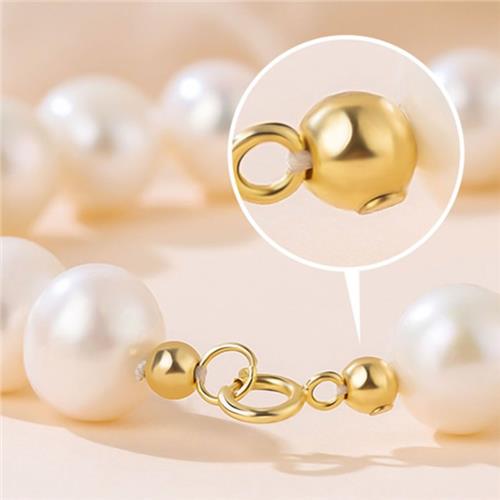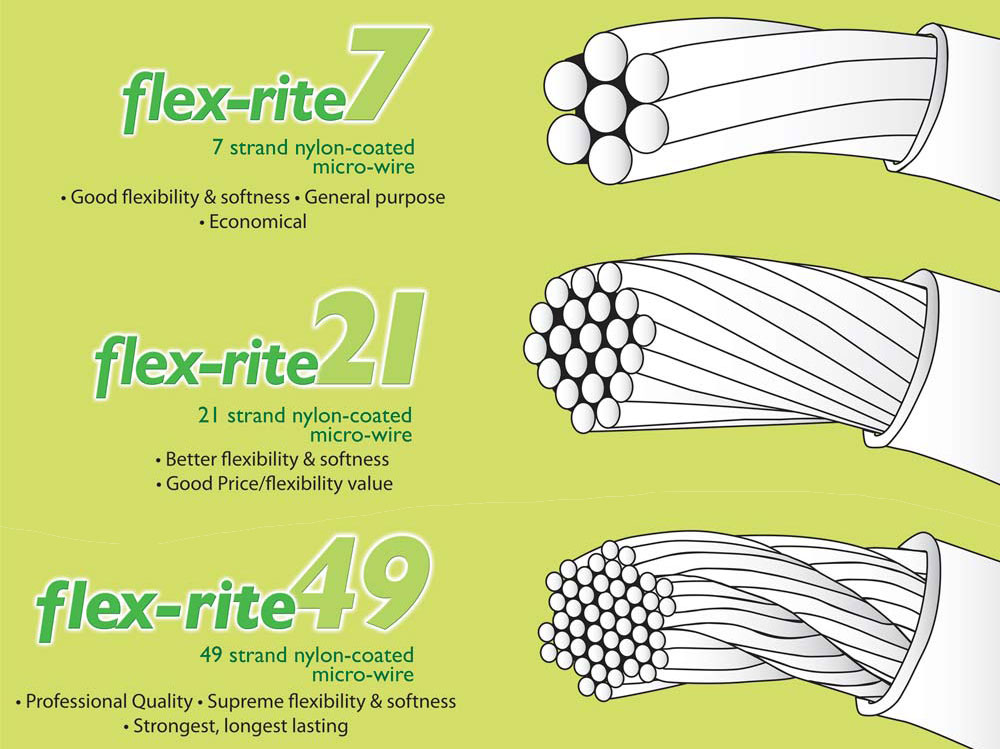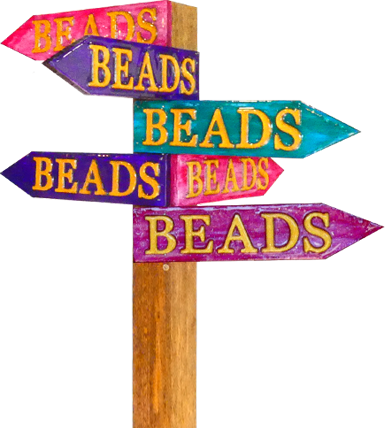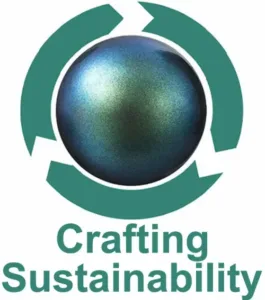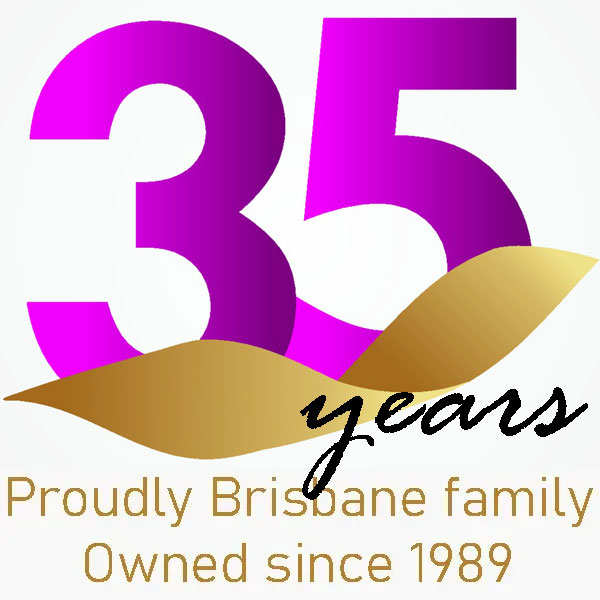Agate

Agate is a type of silica mineral with a fibrous and banded structure that is found in many different colors and patterns. It is a type of chalcedony, a mineral that is part of the quartz family. Agate is known for its beauty and durability, and has been used for thousands of years for jewelry making, carvings, and as a decorative stone. It is also believed to have spiritual and healing properties, and is often used in meditation and energy work.
Showing 1–40 of 114 results
-
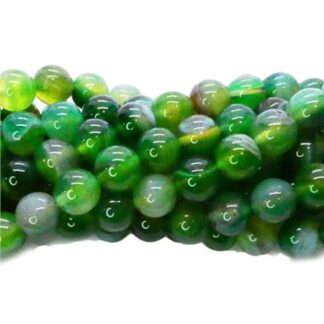
Agate 10mm Dyed Green Round Beads Strand
$20.00In stock
-
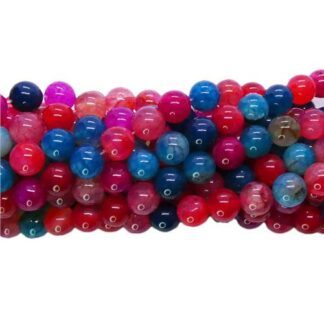
Agate 10mm Round Dyed Mixed Beads Strand
$20.00In stock
-
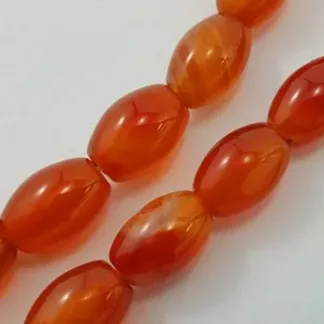
Agate 10x14mm Barrel Natural Colour Beads Strand
$18.00Only 4 left in stock
-
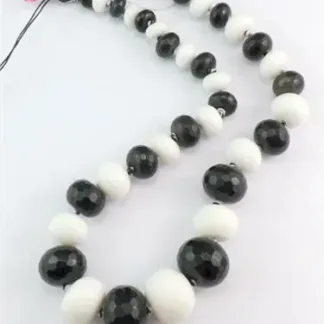
Agate 10×6-16x20mm Rondelle Black and White Bead Strand
$39.00Only 3 left in stock
-
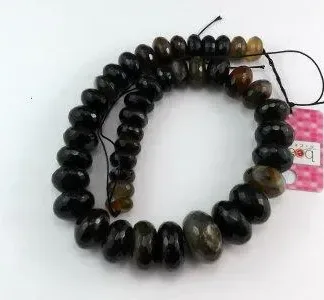
Agate 11×8-14x20mm Rondelle Dyed Black Faceted Bead Strand
$39.00Only 2 left in stock
-
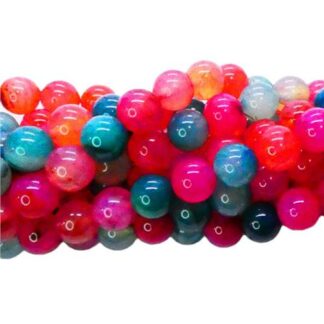
Agate 12mm Round Dyed Mixed Beads Strand
$22.00In stock
-
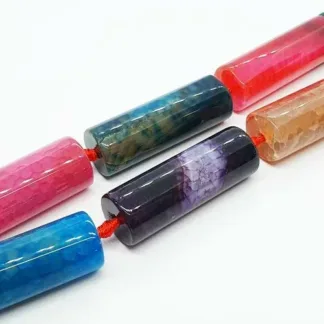
Agate 13x38mm Cylindrical Dyed Beads Strand
$56.00Only 10 left in stock
-
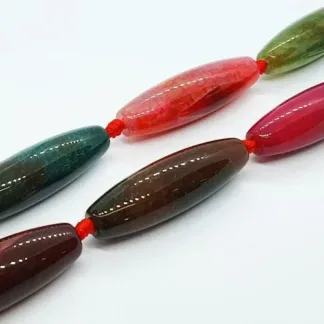
Agate 15x50mm Long Barrel Dyed Beads Strand
$56.00Only 8 left in stock
-
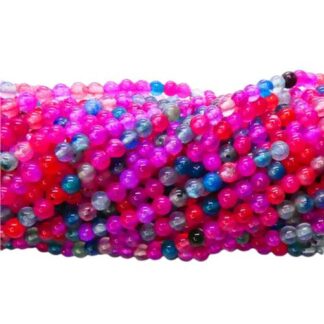
Agate 4mm Dyed Mixed Gemstone Round Beads Strand
$12.00In stock
-
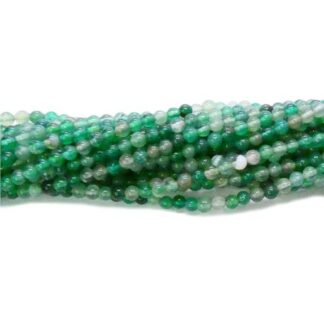
Agate 4mm Round Dyed Green Strand
$12.00In stock
-
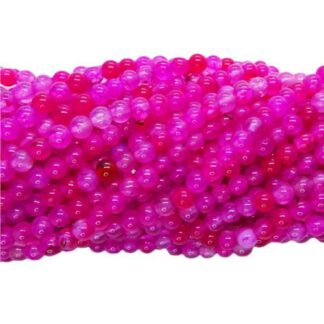
Agate 4mm Round Dyed Hot Pink Beads Strand
$12.00In stock
-
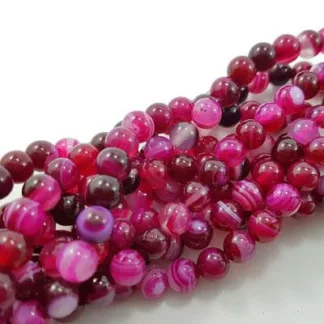
Agate 4mm Round Dyed Pink Beads Strand
$12.00In stock
-
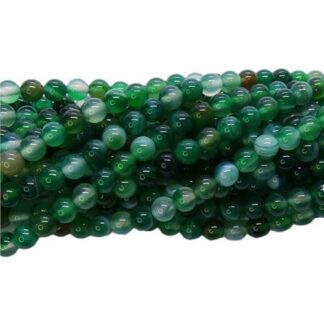
Agate 6mm Round Dyed Green Beads Strand
$12.00In stock
-
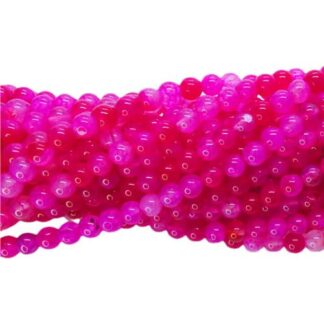
Agate 6mm Round Dyed Hot Pink Beads Strand
$14.00In stock
-
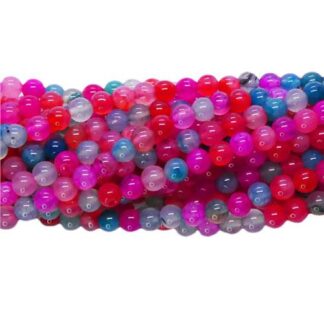
Agate 6mm Round Dyed Mixed Beads Strand
$12.00In stock
-
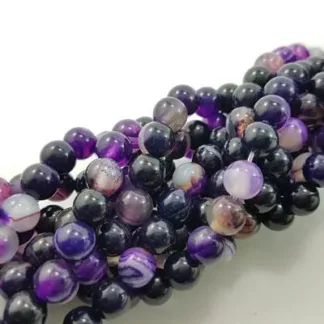
Agate 6mm Round Dyed Purple Beads Strand
$12.00In stock
-
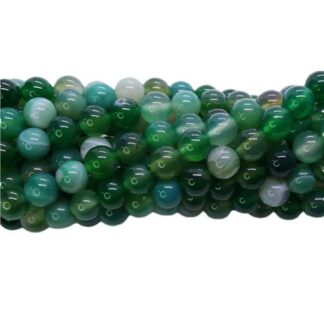
Agate 8mm Round Dyed Green Beads Strand
$16.00In stock
-
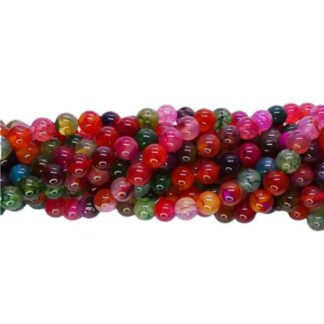
Agate 8mm Round Dyed Mixed Beads Strand
$16.00In stock
-
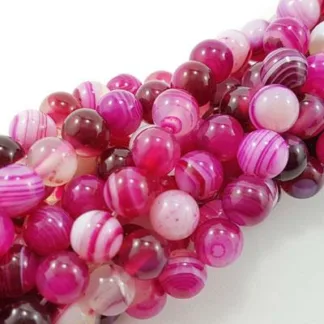
Agate 8mm Round Dyed Pink Beads Strand
$16.00In stock
-
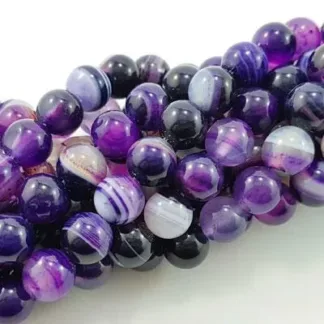
Agate 8mm Round Dyed Purple Beads Strand
$16.00In stock
-
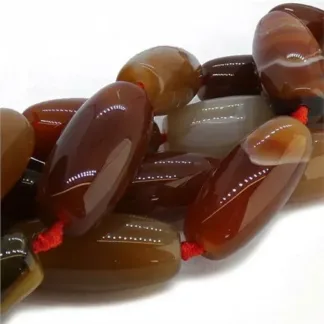
Agate Barrel 15x32mm Natural Colour Beads Strand
$56.00Only 10 left in stock
-
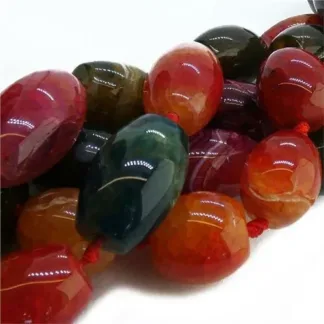
Agate Barrel 18x27mm Multi Coloured Beads Strand
$50.00Only 6 left in stock
-
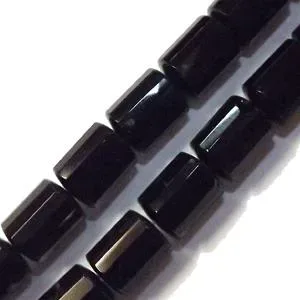
Agate Black 14x12mm Barrel Beads Strand
$75.00Only 1 left in stock
-
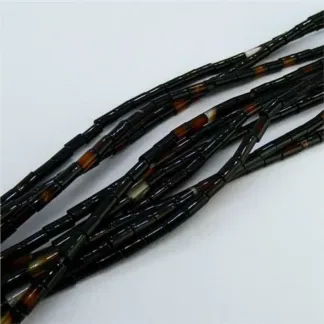
Agate Black Amber 2x4mm Tube Beads Strand
$23.00Only 4 left in stock
-
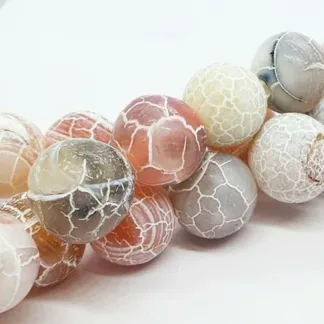
Agate Crackle Natural Colour Mix 15mm Round Beads Strand
$26.00In stock
-
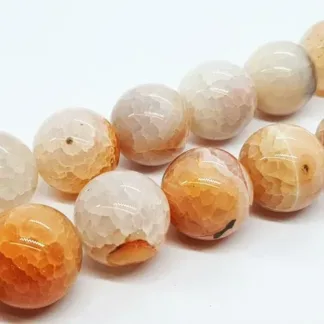
Agate Crackle Natural Colour Mix 20mm Round Beads Strand
$30.00Only 8 left in stock
-
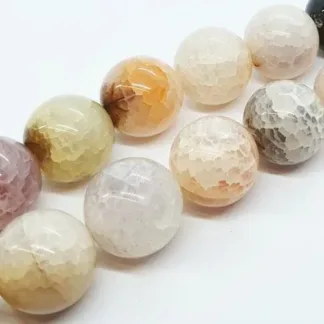
Agate Crackle Natural Cream Mix 20mm Round Beads Strand
$30.00In stock
-
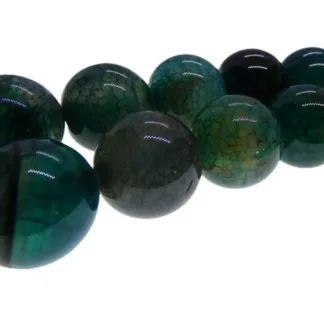
Agate Crackle Teal Dyed 18mm Round Beads Strand
$28.00Only 4 left in stock
-
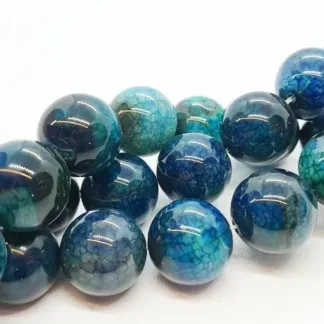
Agate Crackle Teal Dyed 20mm Round Beads Strand
$30.00Only 6 left in stock
-
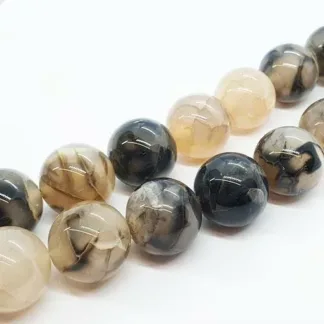
Agate Crackled Earthy Colour Dyed 18mm Round Beads Strand
$25.00Only 10 left in stock
-
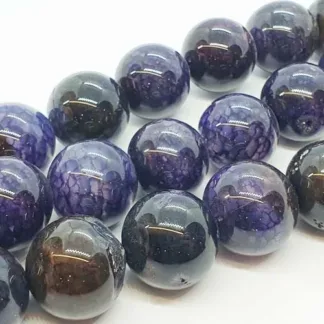
Agate Crackled Purple Dyed 18mm Round Beads Strand
$26.00In stock
-
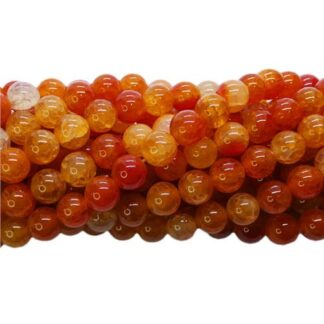
Agate Dragon Vein 10mm Natural Orange Round Beads Strand
$20.00In stock
-
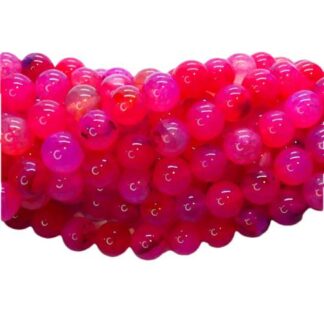
Agate Dragon Vein 10mm Round Dyed Pink Beads Strand
$20.00In stock
-
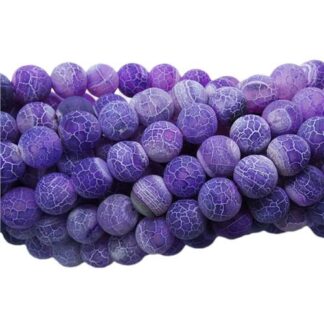
Agate Dragon Vein 10mm Round Dyed Purple Beads Strand
$20.00In stock
-
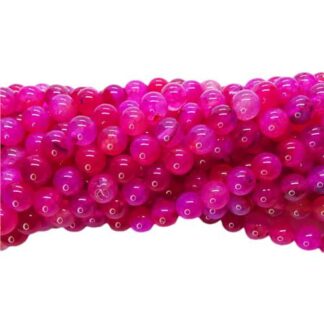
Agate Dragon Vein 8mm Round Dyed Pink Beads Strand
$18.00In stock
-
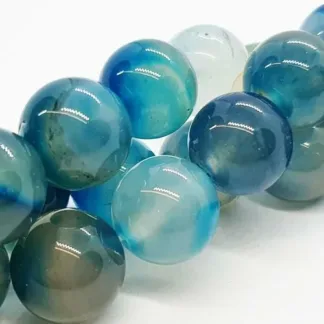
Agate Dyed Blue Mix 16mm Round Beads Strand
$24.00In stock
-
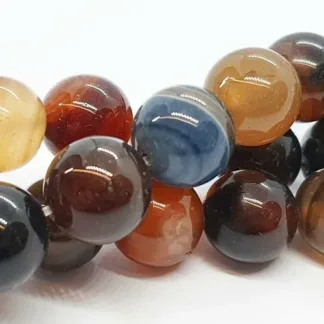
Agate Dyed Brown Mix 14mm Round Beads Strand
$22.00In stock
-
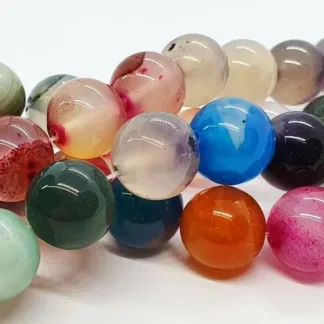
Agate Dyed Mix 16mm Round Beads Strand
$24.00In stock
-
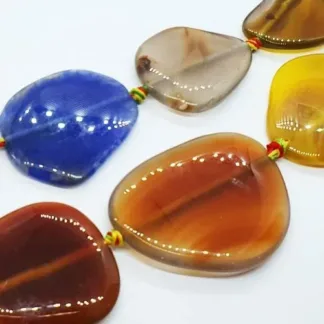
Agate Graduated 30-50mm Slice Tumbled Dyed Beads Strand
$56.00Only 8 left in stock
-
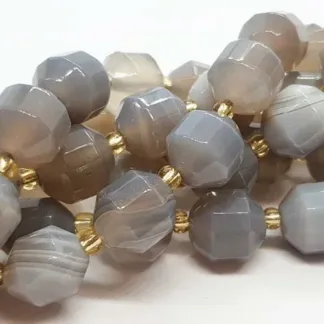
Agate Grey 10mm Tumbled Faceted Barrel Cut Beads Strand
$36.00Only 10 left in stock
How are agate beads made
Agate beads are made from the agate gemstone, which is a type of chalcedony quartz. The process of making agate beads involves several steps. First, rough agate stones are selected based on their colour, pattern, and quality. The stones are then cut into slices or shaped into beads using lapidary equipment. The beads are further refined and polished to enhance their shine and smoothness. Depending on the desired design, some agate beads may also be dyed or treated to achieve specific colours or patterns. The craftsmanship involved in creating agate beads ensures that each bead is unique and showcases the natural beauty of the agate gemstone.
Agate beads for jewellery making
Agate beads are a versatile and stunning choice for jewellery making. Known for their vibrant colours and unique banding patterns, agate beads add a touch of natural beauty to any design. With their wide range of colours and shapes, including round, faceted, and carved beads, they offer literally endless possibilities for creativity. Whether they’re used as focal beads or as decorative accents, agate beads bring a sense of earthy elegance to necklaces, bracelets, earrings, and more. Their smooth surface and durability make them a pleasure to work with, ensuring that your jewellery pieces will be both beautiful and long-lasting.
Our great range of agate beads can be used for a wide array of different jewellery items. Our customers buy agate to make beaded stretch bracelets, necklaces, jewellery sets, ornaments and decorations, and even gem trees.
Agate jewellery is extremely popular in Australia for both it’s unique organic earthy look, and it’s affordable price. Due to it’s abundance and wide range of varieties, agate is often one of the lower cost beads and jewellery materials on the market.
How many types of agate are there?
Agate is a diverse gemstone found in many different types and colours. Some types of agate are so different that they may not only have their own name, but also be considered separate to the common agates. For example:
- Blue Lace Agate: Known for its delicate light blue and white banding, Blue Lace Agate can be a highly valued gemstone. Particularly when it has very little or no impurity, and a rich vibrant blue with clearly defined white banding.
- Black Agate: Unlike most other varieties of agate, this crystal is known by an entirely different name. Onyx is the common name for black agate, particularly when there is no banding visible in the stone. Black agate with obvious white banding is called simply Black Agate. In both cases, black agate and onyx are fairly common and not considered expensive.
- Fire Agate: There is often confusion with the name Fire Agate which may be due to mistranslation between languages. Firstly there is Fire Agate, which is a highly valued gemstone exhibiting a mesmerising play of iridescent colours, including fiery reds, oranges, and greens. Secondly there is Fired Agate, which is agate that has been fired in a kiln or other high heat source to crack and partially melt the gemstone. This gives a cracked yet stable appearance.
Some of the other popular agate varieties available include:
- Moss Agate: Moss Agate is characterised by its green to transparent colour with unique moss-like inclusions. It is believed to bring balance, abundance, and a connection to nature.
- Botswana Agate: Botswana Agate features a range of earthy tones, including grey, pink, and brown. It is known for its grounding properties, fostering emotional healing and stability.
- Crazy Lace Agate: With its vibrant and intricate patterns of swirling colours, Crazy Lace Agate is a stone of joy and laughter. It promotes optimism, vitality, and emotional well-being.
- Dendritic Agate: Dendritic Agate showcases unique tree-like or fern-like inclusions, resembling nature’s landscapes. It is associated with growth, abundance, and connection to the Earth.
- Banded Agate: Banded Agate is quite common and characterised by distinct and alternating bands of colours, often in various shades of brown, black, white, and grey. It is believed to enhance stability, balance, and inner strength.
- Indian Agate: Indian Agate is a type of agate found in India, known for its vibrant colours and swirling patterns. It is believed to have protective and grounding qualities, promoting harmony and strength.
- Crazy Lace Agate: Crazy Lace Agate, also mentioned earlier, deserves another mention due to its captivating and intricate patterns. It is often used for its uplifting and energising properties, promoting positivity and a sense of adventure.
- Brazilian Agate: Brazilian Agate is sourced from Brazil and is admired for its vibrant colours, including shades of red, pink, orange, and yellow. It is believed to encourage courage, confidence, and vitality.
You’ll also find green agate in a range of varieties and also many bright unusual colours. When you see bright pink, purple, deep blue and almost neon colours, they are generally dyed. The technique used to dye gemstone beads has evolved over the decades to quite a refined process. Toxic dyes are no longer used and colour fade or transfer is pretty much a thing of the past. Dyed agate beads are permanent and colourfast.
These examples above are just a fraction of the extremely diverse range of agate varieties available. Each type of agate possesses its own unique beauty, energies, and metaphysical properties, making them a popular choice for jewellery-making and crystal healing practices.
How to polish agate beads
Our agate beads are generally pre-polished and at their optimal gleam. It is possible to polish beads that have become dull over time due to excessive wear or friction against other surfaces including other gemstones and beads. To polish agate beads, you can try these steps:
- Start by cleaning the agate beads with warm soapy water to remove any dust, dirt or debris.
- Once the beads are clean, you can use a rotary tool with a polishing attachment or a handheld polishing cloth to gently buff the surface of the beads. Make sure to work in small sections and apply only very light pressure.
- Use a polishing compound specifically designed for gemstones and agate to further enhance the shine. Apply a small amount of the compound to a soft cloth and rub it onto the surface of the beads in circular motions.
- After polishing, rinse the beads with clean water to remove any residue from the polishing compound.
- Finally, dry the beads thoroughly with a soft cloth or let them air dry before using or storing them.
Keep in mind that the specific techniques and tools used for polishing agate beads may vary depending on personal preference and the size and shape of the beads. It’s always a good idea to test the polishing method on a small inconspicuous area of the bead first to ensure the desired results can be achieved.
Wholesale gemstone beads in Australia
Beads N Crystals wholesales gemstone and crystal beads in Australia from our Queensland bead warehouse. We have a great range of agate beads for sale in a range of colours, sizes, shapes and varieties.
Showing 1–40 of 114 results




